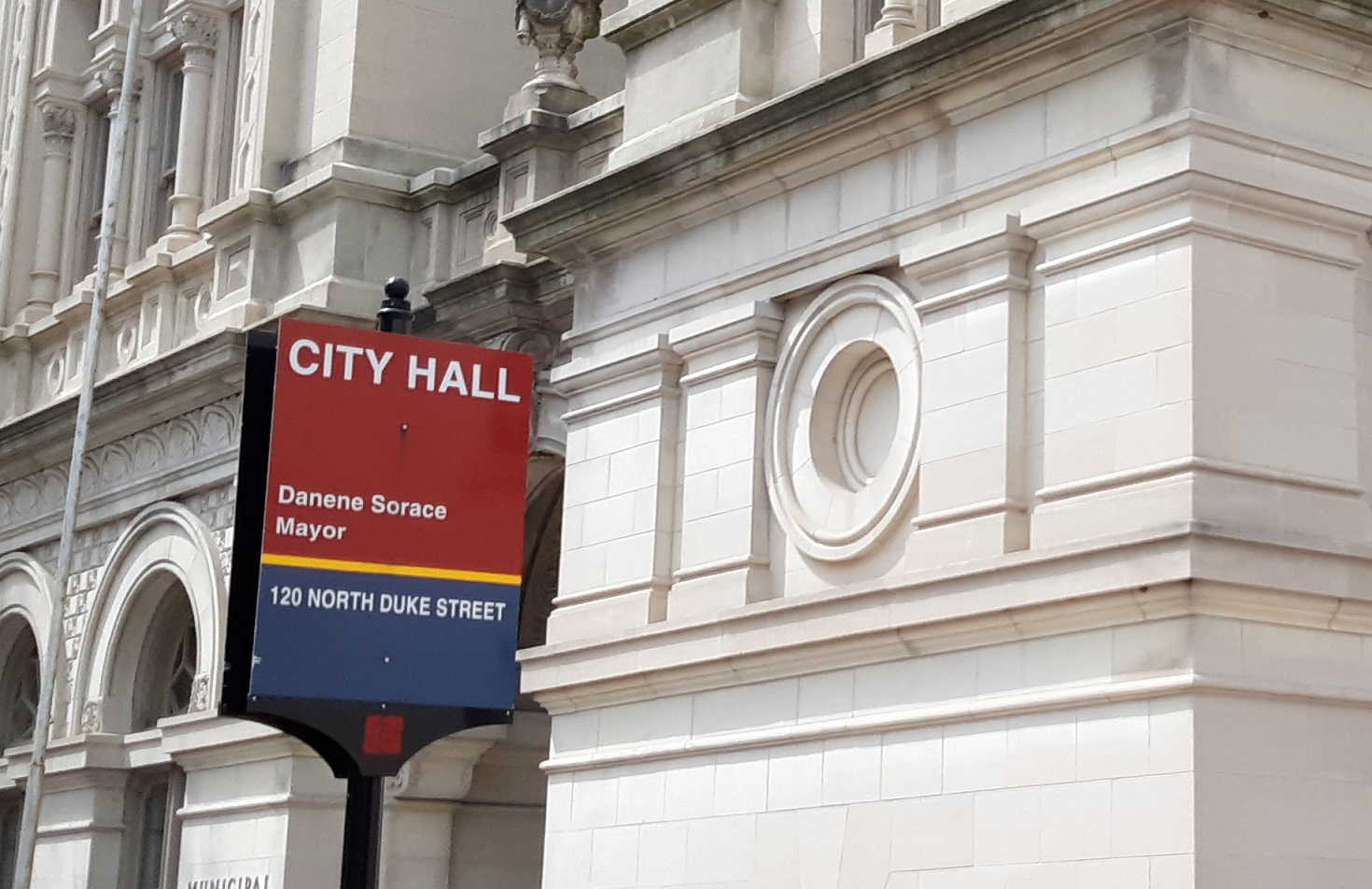Lancaster City Council is looking to award $5 million in federal pandemic relief funds this month to 11 “community facility” construction or renovation projects.
The proposed grants would be the city’s last major allocation from its American Rescue Plan Act allotment and would bolster a wide range of community services, including childcare, education, health, recreation and refugee resettlement. They are as follows:
- Boys & Girls Club of Lancaster: $600,000 for renovations.
- Brightside Opportunities Corp.: $500,000 for renovations.
- Church World Service: $250,000 for a Welcome Center for refugees.
- Community Action Partnership of Lancaster County: $400,000 for renovations.
- Lancaster Public Library: $500,000 to cover a budget gap for the library’s fit-out at its new Ewell Plaza location.
- Lancaster Recreation Commission: $750,000 for renovation of Price Elementary School into a community center.
- SACA Development Corp.: $500,000 for renovation of Centro Hispano to provide human services.
- SACA Development Corp.: $500,000 for renovating Tec Centro West to expand vocational training.
- South Ann Concerned Neighbors: $250,000 to convert 257 S. Ann St. into a community center.
- Union Community Care: $500,000 for renovation and expansion and purchase of equipment to create a dental clinic.
- Uni-Vision Childcare: $250,000 to renovate space to expand a Spanish Immersion Center for early education.
The 10 proposed recipients were winnowed from 21 applicants that responded to a request for proposals released late last year. They collectively requested about $40 million for projects totaling around $75 million, City Councilman Jaime Arroyo said.
The sealed submissions were opened in late January and evaluated by a project committee consisting of Arroyo, Council President Amanda Bakay, Mayor Danene Sorace and city staff including Deputy Public Works Director Cindy McCormick and Community Development Administrator Brynn McGowan.
The committee considered factors including the potential community impact of the proposed projects, applicants’ institutional capacity and ability to implement their projects, the amount of other funding that the ARPA dollars would leverage and applicants’ plans for collaboration.
City Council will hear a first reading of legislation appropriating the $5 million at its April 11 meeting, allowing a vote two weeks later, on April 25. Assuming it’s approved, the city administration would then finalize contracts with each nonprofit and disburse the money, Chief of Staff Jess King said.
Further detail on the individual applications and the nature of the projects they are planning, such as their scope and the amount of leveraged funding, was not immediately available. When City Councilman Ahmed Ahmed asked if he and his colleagues could see the full applications with those details, Bakay said that previously, for council’s vote on the affordable housing ARPA allocations, the only information council members received besides the ordinance text was a list of all applicants, including those not being recommended for funding.
In the ensuing discussion, some explanation was offered for one project: The Lancaster Recreation Commission’s plans for Price Elementary School, which is next door. The Rec and the School District are in talks to trade properties, Sorace said: The Rec would have more space at Price, which among other things would allow it to expand its childcare operation. SDL could tear down the Rec and build a larger school building in its place.
“We’re in the process of trying to figure out how to do this,” Sorace said: The city is supportive, but there are a lot of legal and logistical issues that would have to be resolved.
Darlene Byrd, who leads South Ann Concerned Neighbors, asked if the review committee had included any ordinary citizens. No, Arroyo said, but he noted the city’s ARPA priorities had been developed through community input.
“I’m very proud of the process,” he said.






